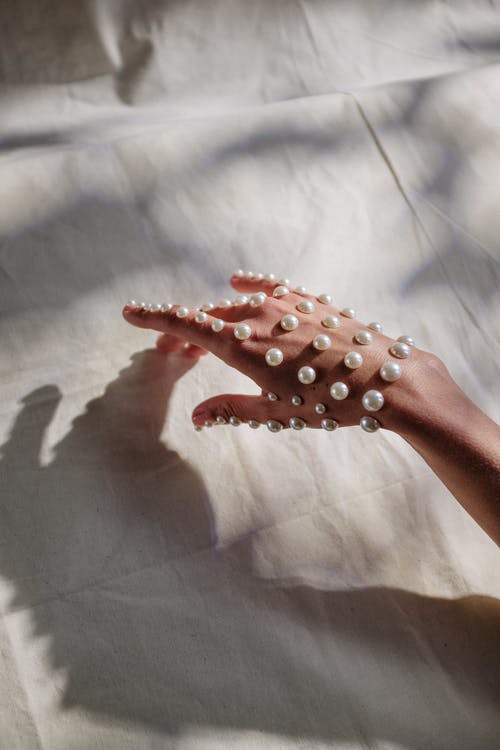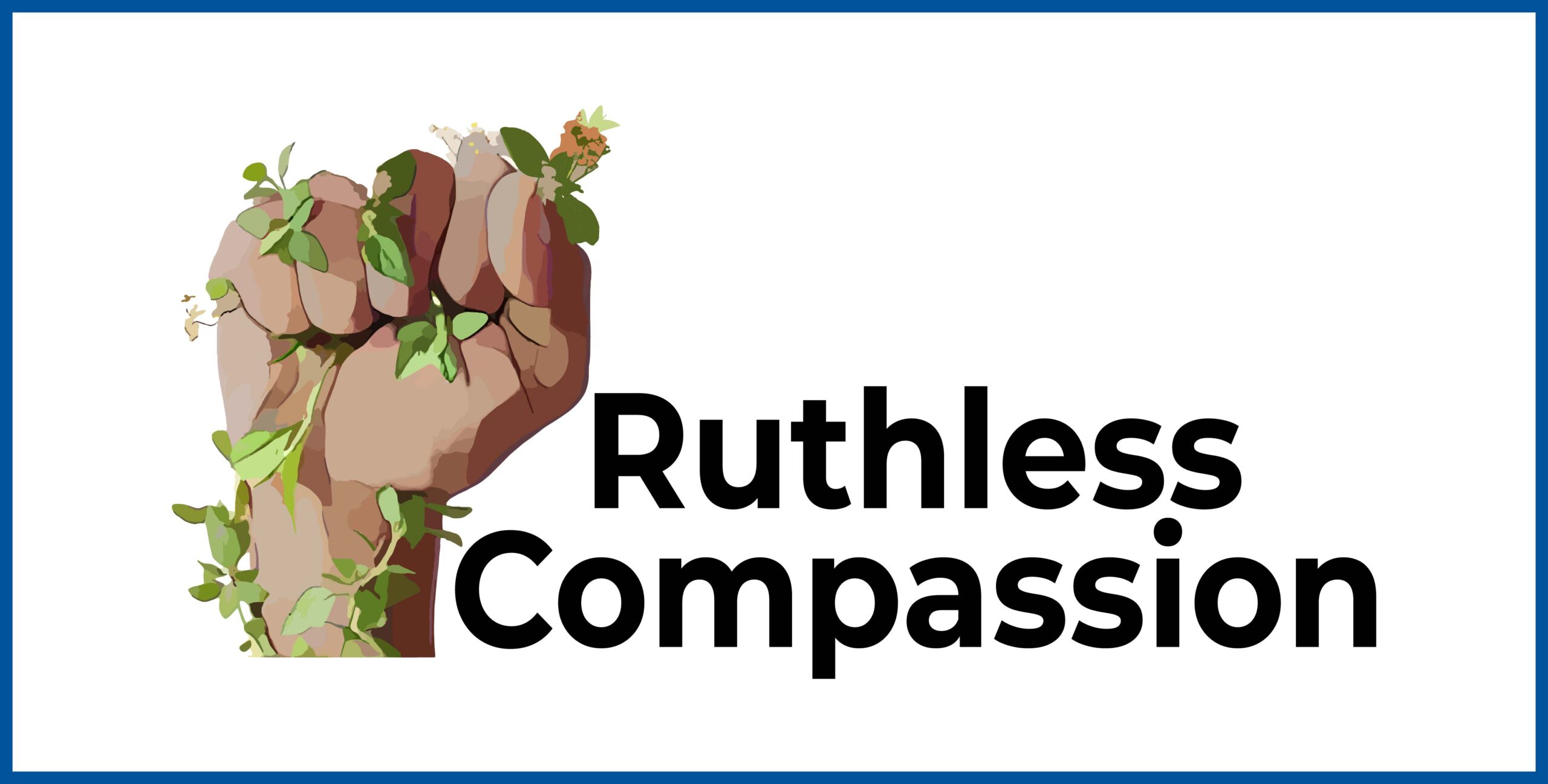It’s a modern-day tragedy. A young man is born with incredible talent and promise, and then achieves unimaginable success early in his life. A glorious future is predicted, but instead, his life is a series of ever more strange events, culminating in his untimely death. Michael Jackson is called “The Prince of Pop,” but he ought to be known as the tragic hero of our times.
Who was he, really? Michael Jackson has been, paradoxically, both the most public and the most private figure of the last half-century; a man whom everyone in the world knows about but few, if any, truly know. He guarded his privacy ferociously; sometimes going to bizarre lengths to hide his own and his children’s appearance. Once over-exposed and yet shrouded in secrecy, he’s now forever lost to us.
MJ’s tragic story began over 50 years ago. According to many accounts, he was verbally and physically abused as a young child, taunted by his father about the size of his nose and the color of his skin. At a very young age he and his brothers became world-famous, but right from the start his tremendous charisma singled him out as the star. Fame is a mixed blessing for a young person: it thrusts a false, public persona onto an unformed personality and risks confusing the person about their true identity.
The combination of early childhood trauma and very early fame is as potentially explosive as nitro plus glycerin. MJ never had a normal chance to discover who he really was. He was the Teenage Heartthrob, the Musical Sensation and the Shining Star. When stardom was combined with significant abuse, MJ’s life was like a magnificent mansion, perched on a fragile foundation. Inevitably, it all had to come crashing down.
There were early signs that things weren’t right. He didn’t date like a normal boy but had hard-to-define relationships with other famous people. Some were much younger and some, much older; all were somewhat inappropriate. With most people we could say, “This partner suits them,” or “This partner is all wrong for them,” but with MJ, no partner seemed to suit him. His sexuality was as hard to comprehend as was his choice of companions.
He had a compulsive need for plastic surgery. We could understand why he had his first nose job. It enhanced his appearance, but the second operation left him looking overly feminine, and this was just the beginning. Initially, he looked like a normal, if thin, young man, but after the second surgery he became more and more androgynous-looking.
Multiple surgeries later, it was obvious that there was a serious problem. His face seemed mutilated. According to some reports, the tip of his nose had been destroyed by too many operations and he had to wear prosthesis. It was almost a relief when he came out in the surgical mask he often wore.
His eyes fared no better. They seemed to bulge from under his overly-prominent brow; rimmed in heavy black liner and bearing unnaturally long lashes. His bright red, feminine lips were stretched and pulled like those of a middle-aged woman who’d had one-too-many bad face-lifts. A once handsome young man had turned into someone frighteningly deformed.
Most confusing was the color of his skin. Growing up, he had the typical features of an attractive, African-American male. As the years passed however, he grew pale and lost all evidence of his African ancestry. He claimed to have a disease called vitiligo, but the uniform paleness of his complexion could only have been achieved by skin bleaching. No-one unfamiliar with him could have ever visually connected the young Michael Jackson with his later appearance.
Well past the point at which he became grotesque, his face still continued to change. Perhaps he was having work done in vain attempts to repair damage caused by previous surgeries. I suspect that he had a condition known as “Body Dysmorphic Disorder,” whereby someone is obsessed with perceived imperfections in one or more of their body parts and compulsively strives to change them.
From one public appearance to the next he looked different, altered. No-one knew what to expect. His face was a work in progress, never to be perfected and therefore never to be completed, and perhaps this was the most fitting metaphor for his identity.
Despite his ever-changing face, he remained instantly recognizable: the lanky frame; the uniform of military-inspired jackets and skinny pants; the aviator glasses and long hair, and on occasion, the single glove. All a Michael Jackson impersonator had to do was put on the uniform and they were nine tenths of the way there.
Still, his personal identity seemed so unstable. He engaged in a number of compulsive behaviors. Aside from the continuous altering of his appearance, there was his excessive spending, substance abuse, a disturbed pattern of eating and a dangerous habit of surrounding himself with pre-pubescent boys.
He was accused of many bad deeds and acquitted of some of the charges he was brought up on. It’s rumored that one legal suit was settled out of court for millions of dollars. There’s no way to know whether he was guilty of anything more than ill-advised choices. Whatever behaviors he actually engaged in, all of his compulsions can be seen as the result of early and on-going childhood trauma.
Some people said he had issues with race and he vehemently denied these, claiming that he was proud of his black heritage. It was confusing, then, when he ended up with three white children. When so many of the infants available for adoption are African-American, and these are frequently the babies going to many popular musicians and Hollywood stars, it’s very odd that all of MJ’s children are white.
MJ was married briefly on two occasions, both times to white women. All this might be a coincidence, but one wonders if there was unconscious self-hatred being reflected in his choices. Certainly, a phenomenon known as “rejection of the self” isn’t uncommon in victims of childhood trauma
Sometimes MJ did wonderful things, like “We are the World.” Sometimes he did horrible things, like dangling his baby over the balcony of a Berlin hotel in front of a group of reporters. Sometimes he did bizarre things, like trying to buy the remains of John Merrick, the “Elephant Man;” someone afflicted with a disfiguring condition called neurofibromatosis. It’s chilling to think of him wanting to posses the bones of a man who was seen as a physical freak and who tragically died quite young.
MJ bought a ranch and called it “Neverland,” forever associating himself with Peter Pan, the boy who refused to grow up. People with early and severe trauma often have difficulty seeing themselves as fully-fledged adults. They tend to remain childlike in their appearance and are naive about the workings of the real world. They hold on to their past, hoping to recreate the happy, loving childhood they never had. Was this what Michael Jackson was doing with his petting zoo and his carousel? One wonders if this was why he, like Peter Pan, surrounded himself with his own band of “lost boys.”
Most recently, he seemed to have stabilized, somewhat. He was allowing his children to be seen in public, uncovered. He had settled comfortably into his role as a doting father and his legal troubles were for the most part, behind him.
He was embarking on a major concert series and was diligently rehearsing for the shows. His death came as an enormous shock to many people, but perhaps not to everyone. After all, there was no evidence that the fabulous mansion of his life was sitting on any more of a firm foundation.
Michael Jackson had tremendous money problems. His compulsive shopping had put him into so much debt that he’d been forced to sell off many of his prized possessions. He was counting on the concert tour to re-establish him, financially.
He had a serious narcotics addiction and it appears that he was being injected on a regular basis with high doses of Demerol, a powerful pain-killer. At the time of his death, it was discovered that he had such a severe sleep disorder that he’d been receiving regular injections of the anesthetic drug Propofol, in order to sleep.
Apparently, the temptation to behave unethically was far too great for the assorted health care and other support professionals involved with MJ. They put their desire for personal gain, power or access to the star ahead of what was best for him. Perhaps they were so in awe of him that they couldn’t refuse his inappropriate and dangerous requests, even when they ought to have done so.
He was in a number of dysfunctional relationships with people who were supposed to be looking out for him, but who instead, were exploiting him or pandering to him. Paradoxically, his fame and fortune made it much more likely that those around him would become enablers of his inappropriate and self-destructive behavior.
It could be that like so many survivors of childhood abuse who grapple with deep ambivalence about their past, MJ rejected the help that was offered to him out of the fear of confronting his demons. Unlike most people, however, he was able to thoroughly insulate himself from the genuinely caring individuals who wanted him to distance himself from the toxic enablers in his presence. He used his power and influence to surround himself with “yes-men” and avoid getting real help for his problems.
We may never know why Michael Jackson did all the wonderful, horrible and inexplicable things he did, and here lies the greatest tragedy. Obviously, many loved him, but few could truly know him or reach him, and no-one, ultimately, not even himself, was able to save him.
Ironically, his great wealth, fame and power were his downfall. He was able to pursue all of his dysfunctional attempts at avoiding or soothing his pain, and never had to face the consequences of his mistakes until inevitably, everything caught up with him at once.
Sign up here for my free biweekly wellness newsletter that brings you fresh, thought-provoking content.
Subscribe to my YouTube Channel to watch my series Moving into Autumn with Good Self-Care, where you’ll learn simple tips for taking the best care of yourself and your loved ones this fall season.
Tune in to my Ruthless Compassion Podcast where I go in-depth about topics like mental health, trauma, and loneliness.



